Study, work or travel in the UK. British
culture and life.


Visit Hampton Court Palace
|
|
Study, work or travel in the UK. British
culture and life.
|
|
||
|
|
|
|
||
 |
||||
 |
||||
|
Visit Hampton Court Palace
|
||||
|
INTRODUCTION
|
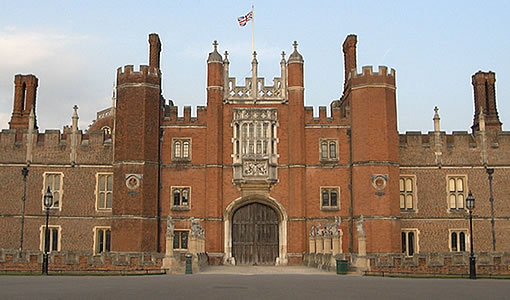 Entrance to Hampton Court Palace |
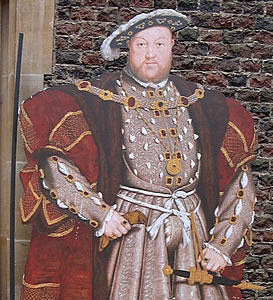 King Henry the Eighth |
 |
Hampton
Court Palace: The Official Illustrated History Authors: Lucy Worsley, David Souden Publisher: Merrell Publishers Ltd Date: June 2005 |
 |
The
Gardens at Hampton Court Palace Author: Todd Longstaffe-Gowan Publisher: Frances Lincoln Ltd Date: February 2005 |
|
GUIDES
|
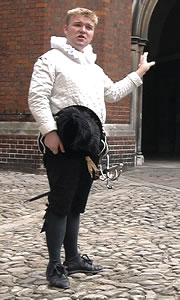 |
 |
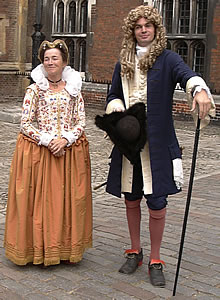 |
|
CLOCK COURT
|
 Astronomical Clock in Clock Court |
|
HENRY THE EIGHTH'S STATE APARTMENTS
|
|
TUDOR KITCHENS
|
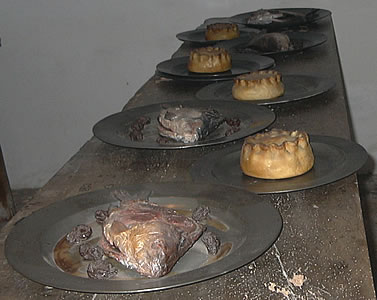 Feasting on food ... |
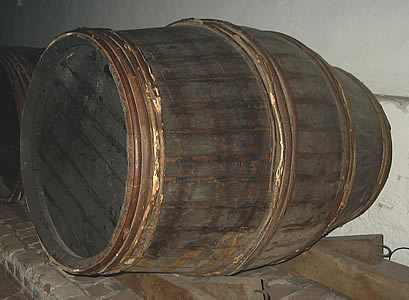 ... and drink |
|
THE KING'S APARTMENTS
|
|
THE GEORGIAN ROOMS
|
|
THE QUEEN'S STATE APARTMENTS
|
|
GREAT FOUNTAIN GARDEN
|
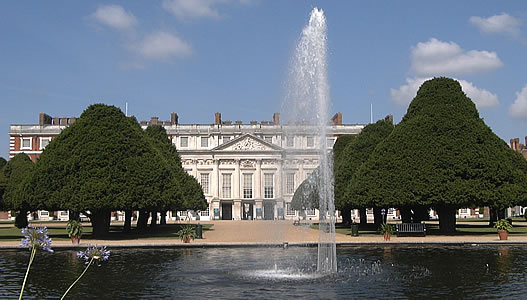 East front |
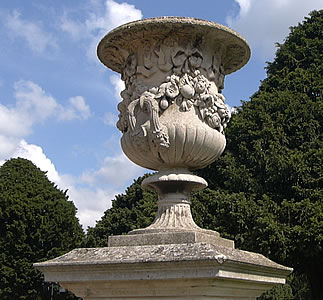 Stone vase |
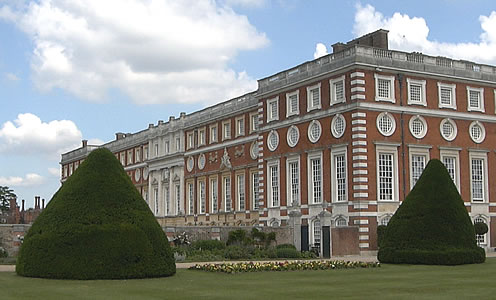 View towards the King's Apartments |
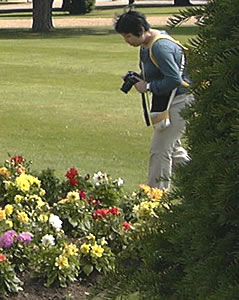 Flowerbeds |
|
THE PRIVY GARDEN
|
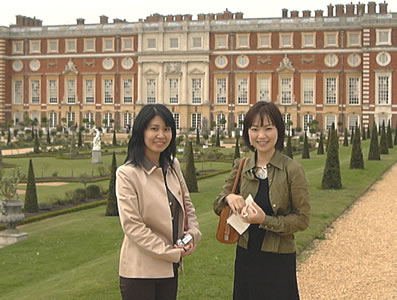 Posing in front of the Privy Garden |
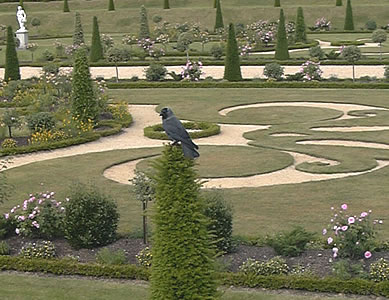 A bird takes a rest - admiring the garden's design? |
 |
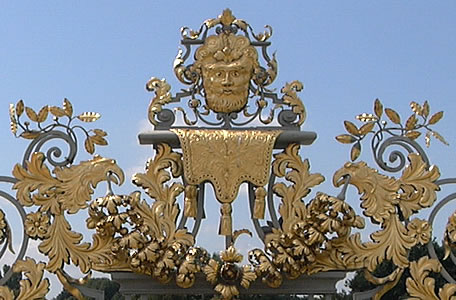 |
|
POND GARDENS
|
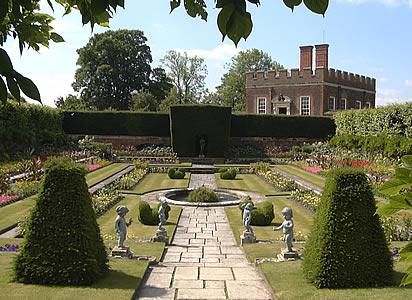 View from the Lower Orangery towards the Banqueting House |
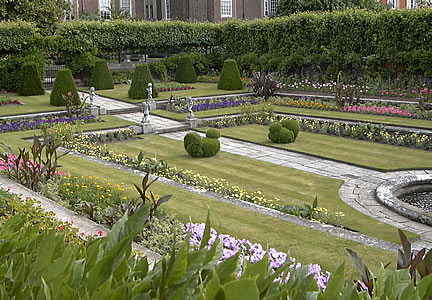 View from near the Banqueting House |
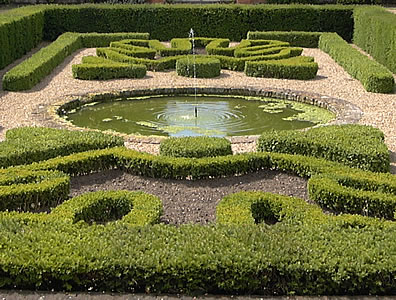 The smaller Pond Garden |
|
GREAT VINE
|
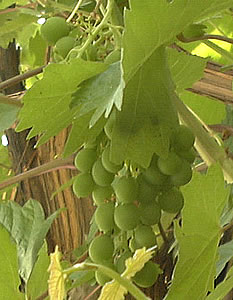 Grapes |
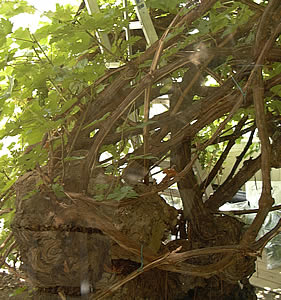 Base of the vine |
|
MAZE
|
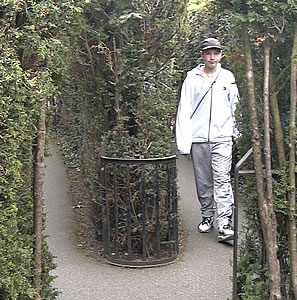 In the maze, be careful which way you turn ... |
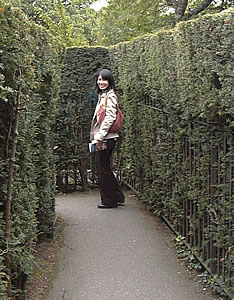 ... or you may reach a dead end |
|
FURTHER INFORMATION
|
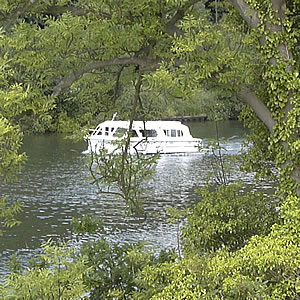 Boat on the River Thames, south of the palace |
|
Lonely Planet verdict: Hampton Court Palace
"Hampton Court is the largest and grandest Tudor structure in the whole of England ... Steeped in history, the palace makes for an enthralling visit and you should set aside the best part of a day to see it" (extracts from "Lonely Planet Great Britain - 2003 edition", used with permission) |
|||
 |
Lonely
Planet Great Britain Publisher: Lonely Planet Publications Date: May 2009 |
 |
Lonely
Planet England Publisher: Lonely Planet Publications Date: March 2009 |
|
|
|